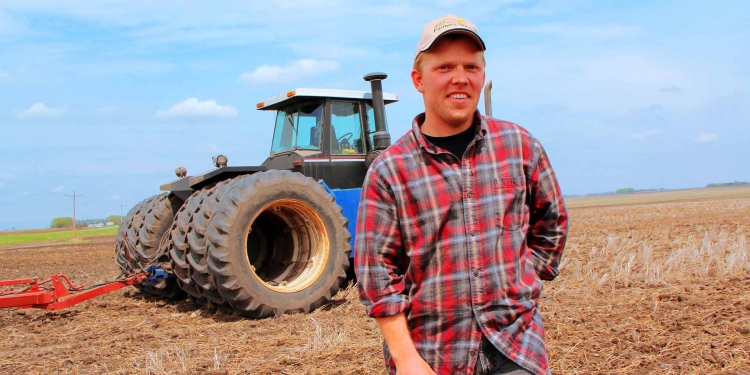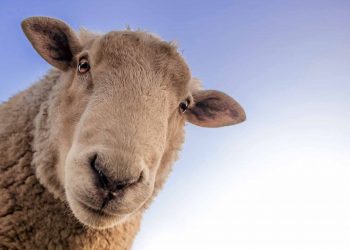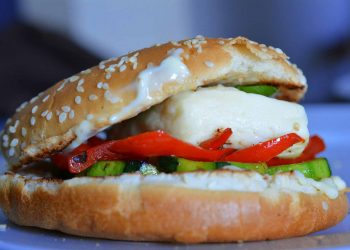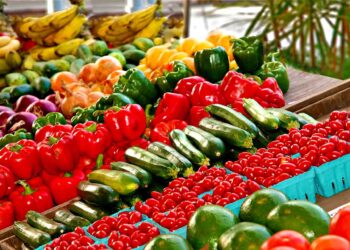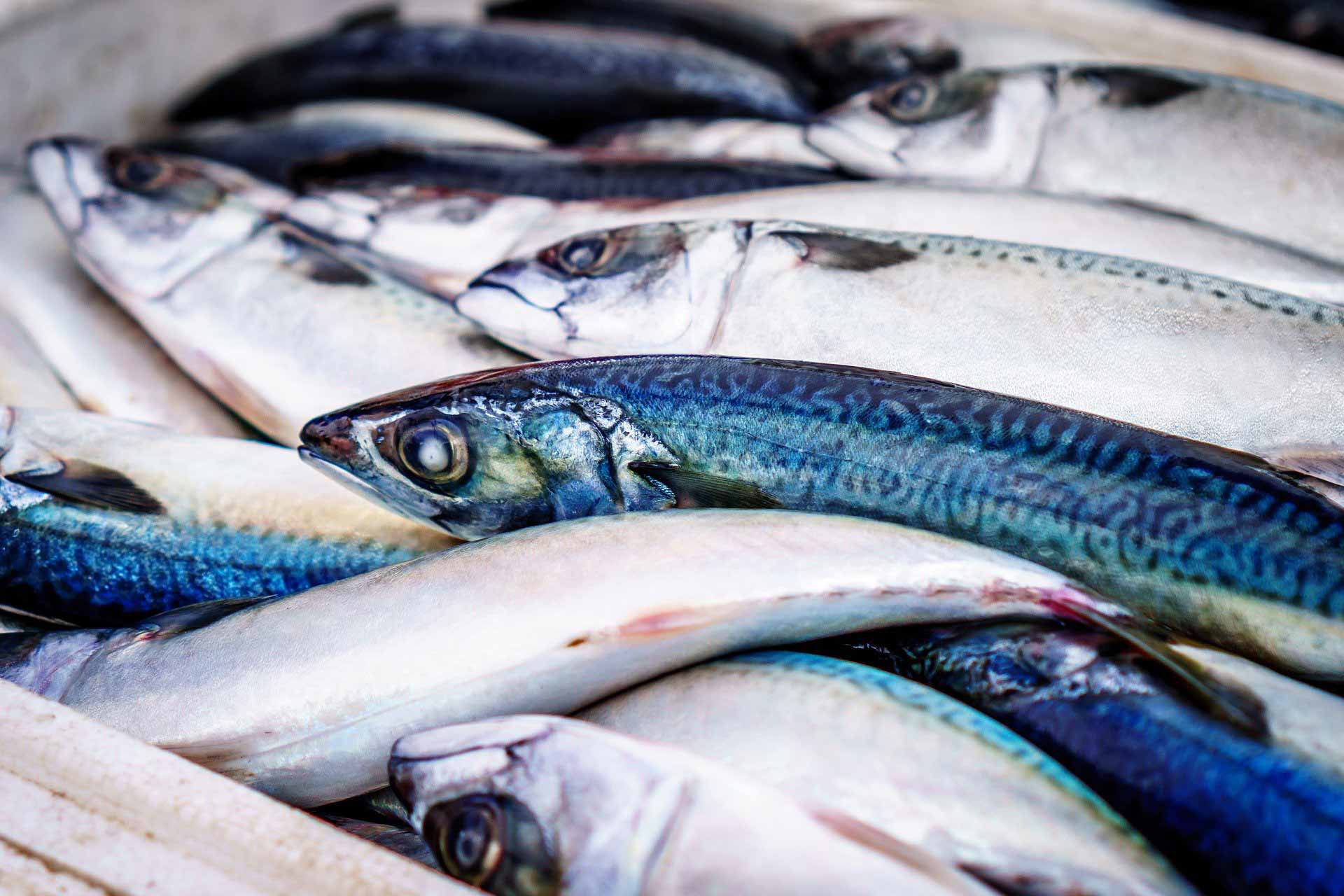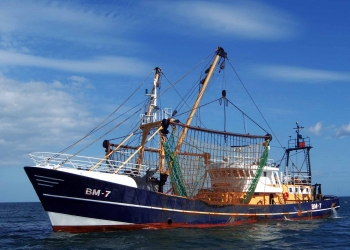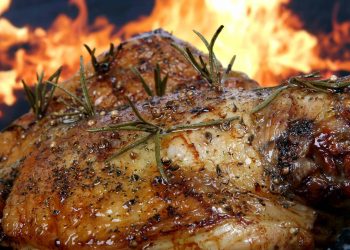Most policy makers in Europe agree that they want to promote young farmers, family farms and smaller scale production. But the EU’s Common Agricultural Policy (CAP) still rewards only large producers.
Subsidies have been linked to the size of farms. So farmers get the same for a hectare of land regardless of how much land they own. Also the EU provides special payments to support young farmers. But these subsidies are not enough to attract or keep new generations in the sector.
Young people in farming
Only 11% of all farm holdings in the European Union are run by farmers under 40 – and persuading more young people to begin farming is a significant challenge. Faced with an ageing farming population, the EU is stepping up its efforts to encourage young people into farming. Young farmers are given a helping hand to get their business off the ground with start-up grants, income support and benefits such as additional training.
Supporting the next generation of European farmers not only enhances the future competitiveness of EU agriculture; it also helps guarantee Europe’s food supplies for years to come.
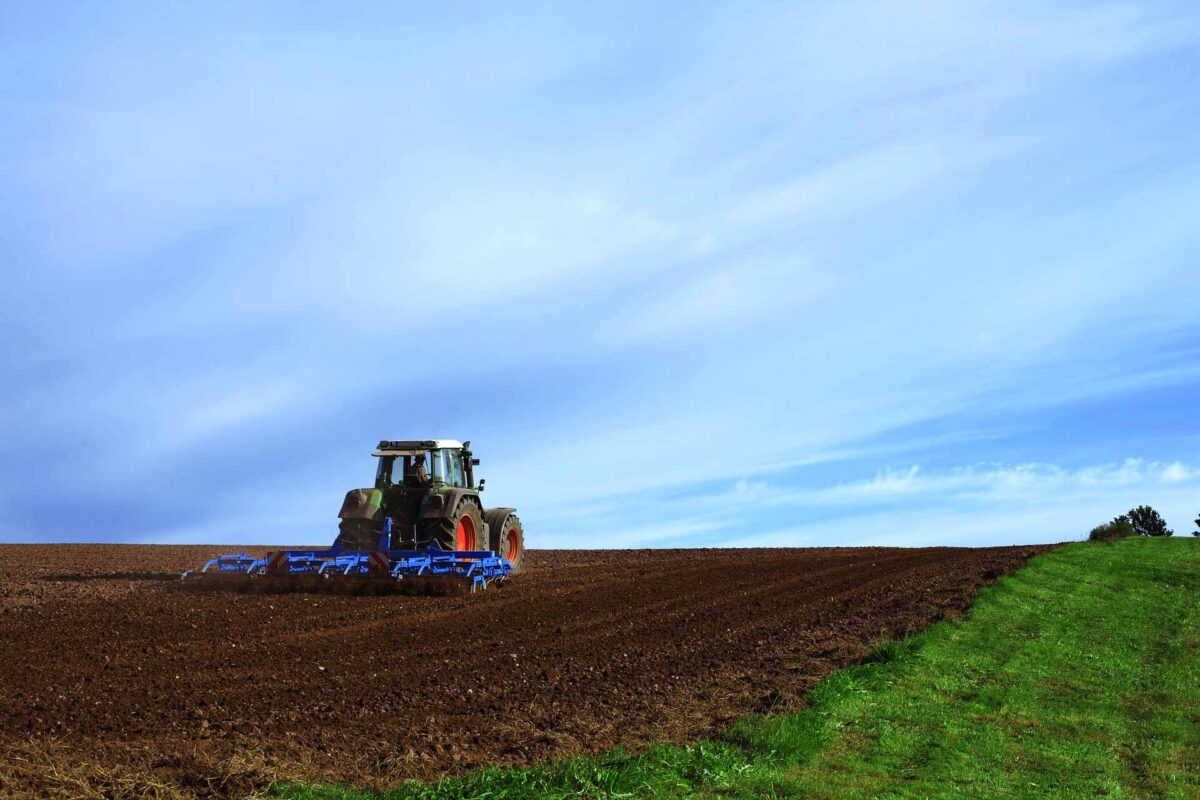
Income support for young farmers
Young Farmer Payment (YFP)
Young farmers receive additional help from EU income support measures in the form of the Young Farmer Payment (YFP). As a general rule, national authorities have to:
- set aside up to 2% of their total allocation of income support funding for the YFP;
- decide on the number of hectares per farm to be supported under the YFP (up to 90 ha);
- choose one of the YFP calculation methods (up to 50% of farmers’ income support payments);
- decide whether the YFP beneficiaries should have appropriate skills and/or fulfil certain training requirements;
- grant the YFP for a period of five years after the setting up of the eligible young farmers;
- young farmers also have priority when it comes to receiving basic payment entitlements from the national/regional reserve. (In EU countries that implement the Basic Payment Scheme, this priority is important for young farmers who do not have payment entitlements, who have less payment entitlements than hectares of agricultural land or who have low value payment entitlements.)
- Rural development funds
- In addition, rural development programmes often provide additional measures to help young farmers get started. This support can include grants, loans or guarantees designed to help the development of rural businesses or advice on how best to enter farming.
These rural development measures are also supported through the ‘young farmers’ initiative. This brings together support available through the European agricultural fund for rural development (EAFRD) and the expertise of the European Investment Bank. In total, this support will come to €1bn.
Young Farmers’ Initiative
These loans will be managed by local banks and leasing companies operating across the EU. A minimum 10% of the amount lent to participating banks will be dedicated to farmers under 41 years old, who will benefit from competitive financing terms.
Young Farmers Survey
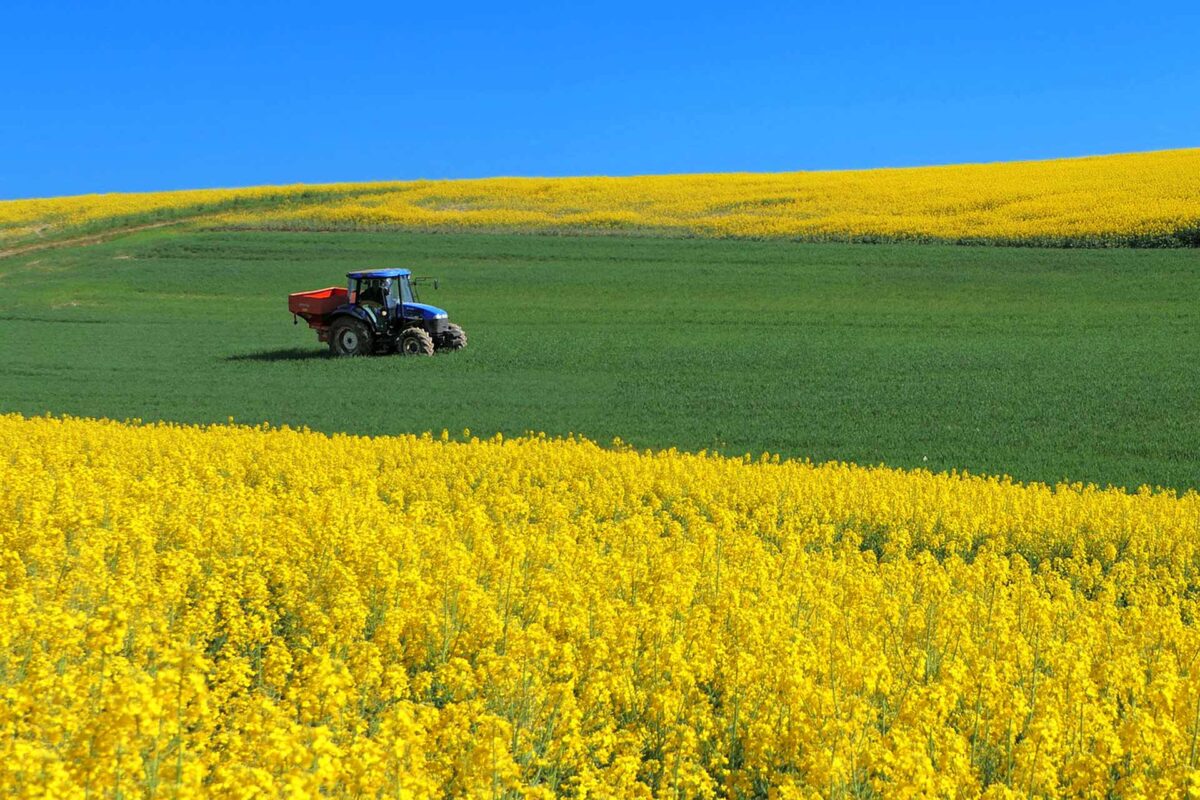
In 2015, the EU surveyed more than 2,000 farmers under 40, helping to inform EU policy making and better identify the needs of young farmers. The survey showed that access to land to buy or to rent was a considerable concern for young farmers. Additionally, it identified a need for further financial support, access to credit and the difficulties finding sufficient qualified labour. But Young farmers need strategy and support. Not only money!
The EU and EIB promote access to finance for young farmers
This new loan programme is part of a joint ‘Young Farmers initiative’ that aims to bring together existing European Agricultural Fund for Rural Development (EAFRD) support and the financial means and expertise of the European Investment Bank (EIB).
Thanks to this package, loans for agricultural small and medium enterprises will be managed by local banks and leasing companies active across the EU and will include a minimum 10% window for farmers under 40. The programme will address many of the current shortcomings that farmers face providing, among others, better terms for the loans to the farmers,
- Lower interest rates;
- Longer periods of up to 5 years to start repaying the loan;
- Longer periods to pay back the whole loan (up to 15 years);
- Added flexibility, depending on the conditions, to respond to price volatility in the agricultural sector to ensure that farmers remain able to pay loans back in difficult periods (for instance, through a ‘holiday/grace’ period allowing farmers to temporary suspend their repayments).
- In addition to the loan package, it is proposed that EAFRD grants for young farmers and start-ups will be used as interest rate subsidies and for technical assistance. Moreover, it is expected that fi-compass advisory support and expertise would be available to managing authorities to support the implementation of loan programmes for agriculture and the bioeconomy.
The European Commission and the European Investment Bank (EIB) have launched a €1 billion loans package for agriculture and the bioeconomy with specific targets to support younger farmers, alongside new fi-compass advisory products. The sum will be matched by the implementing financial institutions, thereby mobilising close to €2 billion of long-term financing for small and medium-sized enterprises in the sector.
An economy that works for people
More flexible loans and more time to pay them back
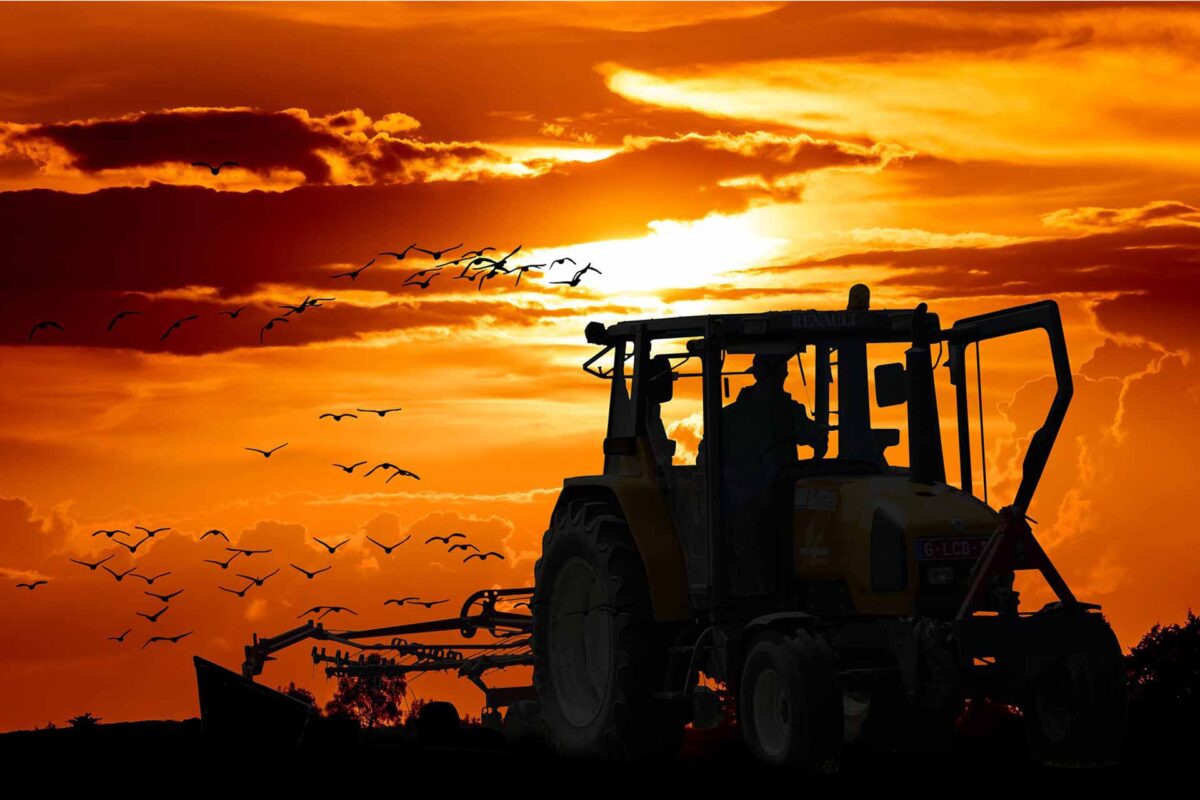
Young farmers need strategy and support. Not only money!
Common Agricultural Policy – CAP
Launched in 1962, the EU’s common agricultural policy (CAP) is a partnership between agriculture and society, and between Europe and its farmers. It aims to:
- support farmers and improve agricultural productivity, ensuring a stable supply of affordable food;
- safeguard European Union farmers to make a reasonable living;
- help tackle climate change and the sustainable management of natural resources;
- maintain rural areas and landscapes across the EU;
- keep the rural economy alive by promoting jobs in farming, agri-foods industries and associated sectors.
The CAP is a common policy for all EU countries. It is managed and funded at European level from the resources of the EU’s budget. For many years, CAP was financed from a single fund, the European Agricultural Guidance and Guarantee Fund (EAGGF). This fund on 1 January 2007 was replaced by the European Agricultural Guarantee Fund (EAGF) and the European Agricultural Fund for Rural Development (EAFRD).
MFF 2021-2027
On 2 May 2018, the Commission presented legislative proposals for a Multiannual Financial Framework (MFF) covering the years 2021 to 2027.
European Council and the Council of the EU have a central role in the process of establishing the EU’s long-term budget. This Budget plan usually covers a period of five to seven years.
Negotiations kick off a few years before the period covered by the new budget is due to start. The formal process begins with the presentation of the so-called multiannual financial framework (MFF) package by the European Commission.
The EU budget and the CAP
The EU budget for 2020 contains a total of EUR 168.68 billion in commitment appropriations. Direct payments account for 24% of appropriations (EUR 40.6 billion), rural development measures for 8.7% (EUR 14.6 billion) and other expenditure for 1.7%. In total, the CAP accounts for 34.5% of the 2020 EU budget (EUR 58.12 billion).
The share of the European Union budget accounted for by agricultural spending has been steadily declining in recent years. Whereas the CAP represented 66% of the Community budget in the early 1980s, it accounts for just 37.8% of it in the 2014-2020 period.
Since 1992, when there was the first significant overhaul of the CAP. An explosion in the volume of direct aid, agricultural expenditure has remained stable in real terms. Only in 1996-1997 CAP plan changed as a result of the BSE crisis and the accession of three new Member States. Between 1990 and 2020, therefore, the budgetary cost of the CAP, when set against EU gross national income, will have decreased from 0.54% to an expected 0.34%.
Can the Farm to Fork strategy help young farmers?
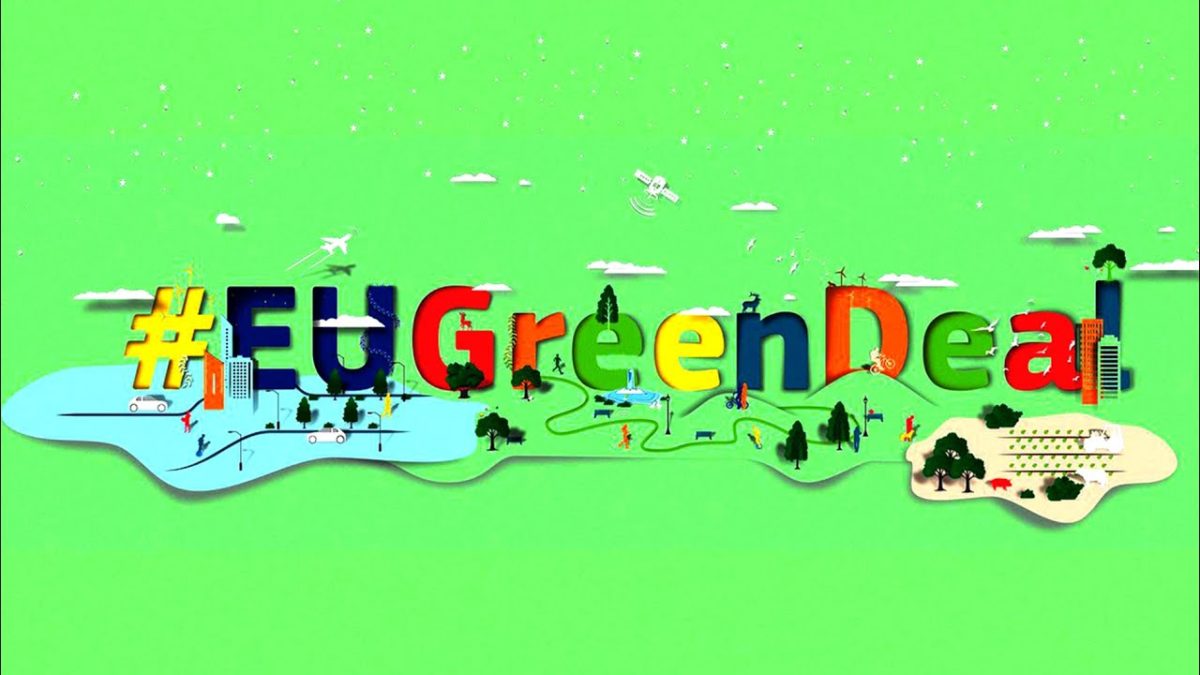
Our food, our health, our planet, our future
On 11 December 2019, the European Commission published its Communication ‘The European Green Deal‘. Green Deal envisaged a ‘Farm to Fork‘ strategy on sustainable food. This has all priorities and challenges related to every step in the food chain. On 29 January 2020, the Commission published its work programme, where, under the priority ‘a European Green Deal‘ and the policy objective ‘Sustainability of food systems‘, it confirmed its intention to launch a ‘Farm to Fork’ strategy in the spring 2020.
The use of pesticides in agriculture contributes to pollution of soil, water and air. The Commission will take actions to:
- reduce by 50% the use and risk of chemical pesticides by 2030.
- reduce by 50% the use of more hazardous pesticides by 2030.
The excess of nutrients in the environment is a major source of air, soil and water pollution, negatively impacting biodiversity and climate. The Commission will act to:
- reduce nutrient losses by at least 50%, while ensuring no deterioration on soil fertility.
- reduce fertilizer use by at least 20% by 2030.
Antimicrobial resistance linked to the use of antimicrobials in animal and human health leads to an estimated 33,000 human deaths in the EU each year. The Commission will reduce by 50% the sales of antimicrobials for farmed animals and in aquaculture by 2030.
What is Organic Farming?
Organic farming is an environmentally-friendly practice that needs to be further developed. The Commission will boost the development of EU organic farming area with the aim to achieve (25 % of total farmland) under organic farming by 2030.
The coronavirus crisis has shown how vulnerable we all are, and how important it is to restore the balance between human activity and nature. At the heart of the Green Deal the Biodiversity and Farm to Fork strategies point to a new and better balance of nature, food systems and biodiversity; to protect our people’s health and well-being, and at the same time to increase the EU’s competitiveness and resilience. These strategies are a crucial part of the great transition we are embarking upon.
Frans Timmermans, Executive Vice-President of the European Commission
Young farmers – Research and Innovation
€10 billion under Horizon Europe to be invested in R&I related to food, bioeconomy, natural resources, agriculture, fisheries, aquaculture and environment. Knowledge transfer will be essential. The CAP’s Farm advisory services and Farm sustainabilty data network will be instrumental in assisting farmers in the transition.
Food, Farming, Fisheries
How the European Commission ensures the safety and quality of agricultural and food products, supports producers and communities, and promotes sustainable practices.
Farm to Fork Strategy – for a fair, healthy and environmentally-friendly food system. For youngs? For Young Farmers?
The strategy envisages a legislative proposal for a framework for a sustainable food system before the end of 2023, and the development of a contingency plan by the end of 2021 for ensuring food supply and food security in times of crisis. Moreover, in light of the lesson learned during the current coronavirus crisis, the agricultural crisis reserve should be revamped for its potential use in case of crisis in agricultural markets.
A host of actions for the agricultural sector to make it more sustainable include the following:
- rewarded removal of CO2 emissions;
- advancement of energy efficiency solutions;
- 50 % reduction in the overall use and risk of chemical pesticides and in the use of more hazardous pesticides by 2030;
- at least 20 % reduced use of fertilisers by 2030;
- measures for a more sustainable animal sector, animal welfare and plant health;
- 50 % reduction of EU sales of antimicrobials in farming and aquaculture by 2030;
- 25 % of organically farmed area and a significant increase in organic aquaculture by 2030;
- recommendations to each Member State on the 9 objectives of the common agricultural policy (CAP) to be included in their Strategic Plans;
- measures for increasing sustainability of fish and seafood production;
- clarifying competition rules and monitoring the implementation of the unfair trading practices (UTPs) directive.
The Farm to Fork Strategy is at the heart of the European Green Deal aiming to make food systems fair, healthy and environmentally-friendly. Where are the Young Farmers?

